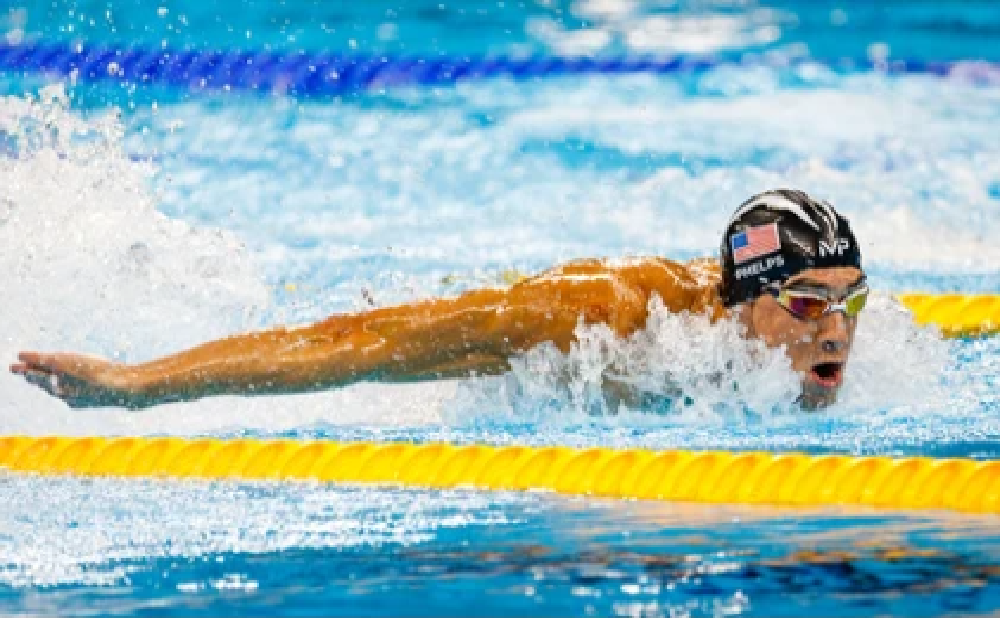"Sport has the power to change the world. It has the power to inspire. It has the power to unite people in a way that little else does.
Sport can awaken hope where there was previously only despair."
- Nelson Mandela
Sporting Icons - What Sport can do for you
Download our FREE Sporting Icons Worksheet, suitable for Key Stage 3, 4 and GCSE PE students:
A sporting icon is a person who is not only outstanding at their respective sport but also brings people in the sport together and new people into the sporting community.
A combination of technology, professionalism, and global coverage meant the sportsmen and women behind these feats became stars, while games like football and events like the Olympics formed a new global culture. Now among the most famous people of their age, these outstanding athletes took on new responsibilities. Not only did they achieve unparalleled levels of brilliance in their field, but many also became role models for those who watched and supported them.
In sports, motivation is everything. Your motivation is based on personality factors and the variety of training that you undertake. Inspire your students with some of the greatest and most influential sporting icons of all time.




Sport has been described as ‘this great triviality’, so how can people who run fast, jump high or kick a ball around compare to people who have found a cure for a medical illness, invented the internet or led their country in wartime?
Well, sports can bring people together in a shared experience, unlike few other events. In the UK the 1966 World Cup final is the most-watched programme ever broadcast, in America eleven of the twenty most-watched programmes were sports events (ten of which were Super Bowls), and in Germany ten of the eleven most-watched programmes are football matches.


There are three main reasons why sportspeople can be considered worthy icons:


Sporting icons represent the peaks of physical achievement...
One of the most iconic moments of the 20th Century was Roger Bannister becoming the first athlete to run a sub-four-minute mile. This was a great physical and psychological achievement. Scientists were concerned that it was not physically possible and that the body would collapse under the pressure. Bannister’s chance came on May 6th, 1954 when having spent the morning working at a hospital, he raced in the evening just as the wind fell at the Iffley Road track in Oxford. When Bannister’s time of 3:59:4 was announced news quickly spread across Britain and the world of this phenomenal achievement.


Sporting icons have the power to produce political and social change...
Nelson Mandela said:
‘Sport has the power to change the world. It has the power to inspire. It has the power to unite people in a way that little else does. Sport can awaken hope where there was previously only despair.’
Jesse Owens showed this when he won four gold medals in six days, including two world record performances, at the 1936 Olympic Games in Berlin. Jesse Owens, a black athlete, ruined Hitler’s attempt to maximise Nazi propaganda and his success was an affront to the idea of the superiority of the Aryan race. Owens’ achievements echo throughout history and inspired many athletes, not least Carl Lewis who repeated his feats at the 1984 Olympic Games.
Another example is Billie Jean King who, as well as winning thirty-nine Grand Slam titles, campaigned energetically for equal pay for female tennis players. In 1973 King spearheaded the formation of the Women’s Tennis Association after a meeting of 63 female players in London and achieved equality of prize money at the US Open. The other Grand Slam events followed suit even though it took until 2007 for Wimbledon to offer equal prize money for equal achievements. King also was involved in ‘The Battle of the Sexes’ tennis match against Bobby Riggs which was watched by 100m viewers and she said that after the victory:
‘I got letters from women saying they were afraid to challenge their male bosses at work but when I beat Bobby that day, their lives changed. They demanded raises and better working conditions.’


Sporting icons are symbolic of the struggle of life and overcoming setbacks...
It is an inconvenient truth that in sport, as in life, there are many more losers than winners. However, sometimes the underdog does win, and people can rise from the humblest of backgrounds to achieve iconic status.
Wilma Rudolph was an African American born the 20th of 22 children into poverty in the deep South, she suffered from polio as a child and wore leg irons between the ages of four and nine. Also, she experienced racial intolerance from her fellow Americans. Yet at the age of 20, she won three gold medals in sprint events at the 1960 Olympics in Rome. She later summed up her philosophy of life saying:
‘Winning is great, sure, but if you are really going to do something in life, the secret is learning how to lose. Nobody goes undefeated all the time. If you can pick up after a crushing defeat, and go on to win again, you are going to be a champion someday.’
Sport offers so many possibilities for self-expression, achievement, emotional experiences, and social change. While watching and playing sport enriches lives by entertaining us and bringing us together to share joyful, dramatic experiences.
What does it take to be an Olympian?
Is it physical prowess or mental toughness that separates the best from the rest?
Download our poster!








